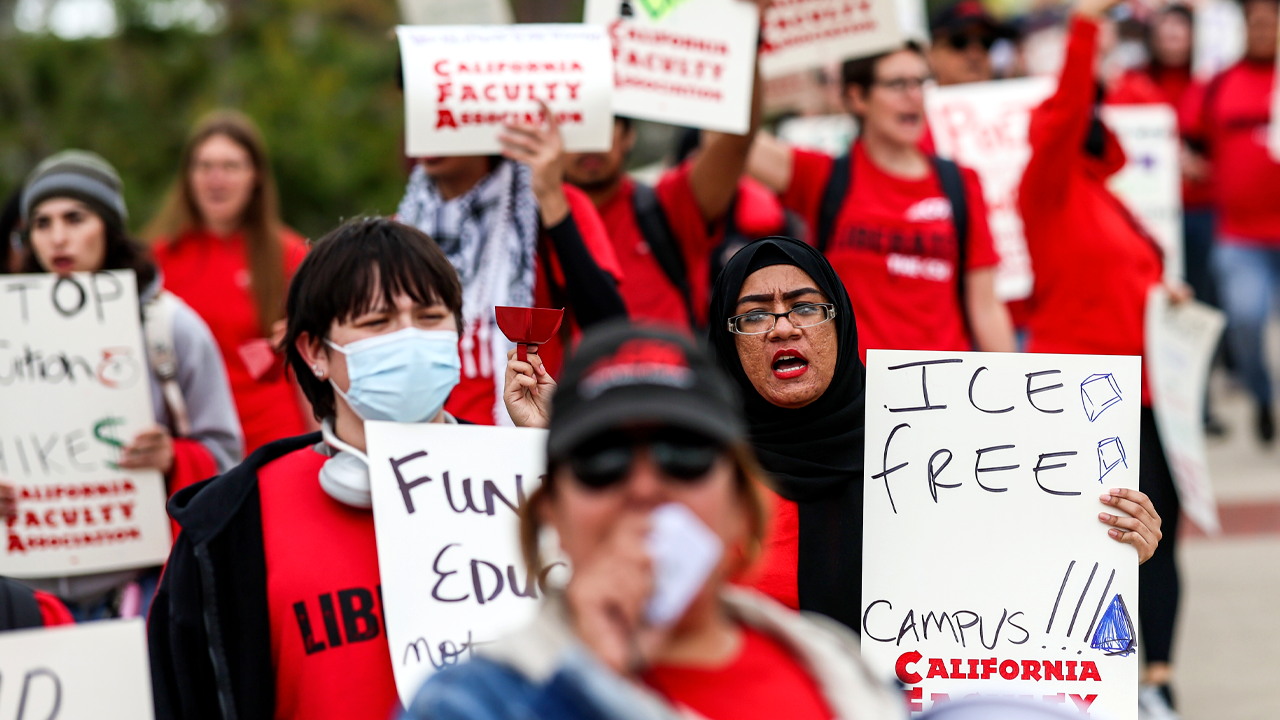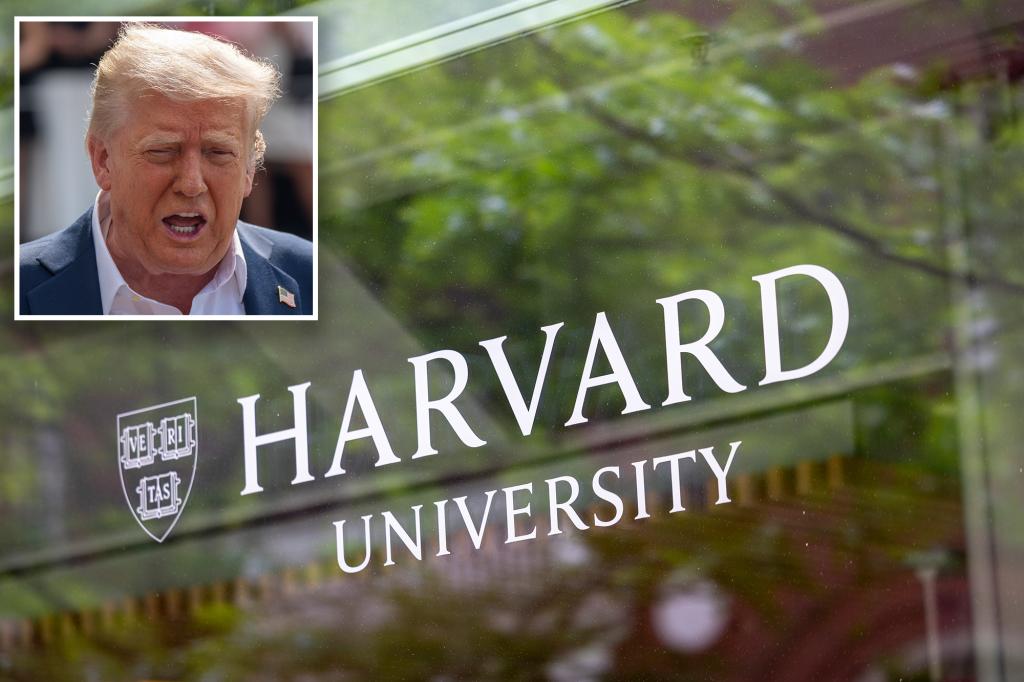Controversy Erupts as Connecticut Teacher Defies Suspension Over Religious Symbol
A Connecticut teacher’s refusal to remove a cross from her classroom has sparked a significant controversy, raising critical questions about the intersection of personal beliefs and educational policies in public schools. This incident not only highlights the complexities surrounding religious expression in academic settings but also underscores the challenges educators face when navigating their rights against institutional regulations.
The Incident: What Happened?
The core of the controversy revolves around a teacher at a public school in Connecticut who displayed a cross in her classroom. Following complaints from parents and students about the religious symbol, the school administration issued a suspension, demanding the removal of the cross. The teacher, however, has chosen to defy this directive, arguing that her display is a part of her personal expression and does not infringe upon the rights of her students.
This event has ignited a fervent debate within the community and beyond. Supporters of the teacher argue that her right to express her faith in a personal manner should be respected, while opponents contend that public schools should remain secular spaces where religious symbols have no place.
The Legal Framework
The First Amendment of the United States Constitution guarantees the freedom of religion and expression. However, the application of these rights in public schools is often complicated. Courts have historically upheld the principle of separation of church and state, particularly in educational environments. This principle is designed to ensure that schools do not endorse or promote any particular religion.
In this case, the school’s actions may be grounded in the Establishment Clause, which prohibits the government from establishing an official religion or unduly favoring one religion over another. However, the teacher’s defense draws on the Free Exercise Clause, which protects individuals’ rights to practice their religion freely. The balance between these two constitutional provisions is delicate and often leads to conflicts like the one currently unfolding in Connecticut.
Community Reaction
The community’s response has been mixed, showcasing a spectrum of opinions on the matter. Supporters of the teacher have organized rallies, emphasizing the importance of religious freedom and the right to express personal beliefs in a public setting. They argue that the cross is not a tool for proselytizing but rather a personal symbol that does not impose on others.
- Supporters’ Arguments:
- Religious expression should be allowed in public schools.
- The cross represents personal faith and does not harm students.
- Teachers should have the freedom to express their beliefs.
- Opponents’ Arguments:
- Public schools should maintain a strict separation from religion.
- Displaying religious symbols can alienate students of different faiths.
- This incident could set a precedent for further religious displays in schools.
Broader Implications for Religious Expression in Schools
This incident in Connecticut is not an isolated one; it reflects a broader national discourse regarding religious symbols in public spaces. Across the United States, schools grapple with similar dilemmas, often leading to lawsuits and heated discussions among parents, educators, and policymakers.
Several key factors contribute to the complexity of this issue:
- Diversity of Beliefs: Public schools serve students from a variety of religious backgrounds, creating a challenging environment for displaying any singular religious symbol.
- Educational Objectives: Schools aim to create inclusive environments that foster learning and respect among diverse students, which can be compromised by overt religious displays.
- Precedent Setting: Decisions made in cases like this can influence future actions regarding religious expression in schools, potentially leading to more significant conflicts down the line.
Potential Outcomes and Resolutions
As the situation unfolds, several potential outcomes could emerge. The school district may decide to uphold the suspension, potentially prompting legal actions from the teacher. Alternatively, the district could choose to allow the teacher to retain the cross, which might lead to further discussions about the presence of religious symbols in school settings.
Another possible resolution could involve creating clear guidelines regarding personal expression in classrooms, allowing educators to display personal beliefs while ensuring that these expressions do not disrupt the learning environment or alienate students. Such guidelines could include:
- Establishing designated areas for personal items that may have religious significance.
- Encouraging open dialogues about diversity and inclusion in the classroom.
- Providing training for teachers on the legal boundaries of religious expression in schools.
Conclusion: A Call for Dialogue
The controversy erupting from the Connecticut teacher’s defiance of suspension over a religious symbol underscores the urgent need for dialogue surrounding religious expression in public schools. As communities become increasingly diverse, fostering an understanding and respect for different beliefs is crucial.
Ultimately, the resolution of this incident will likely influence not only the teacher’s future but also the policies governing religious expression in schools across the nation. Engaging in constructive conversations about these issues will be essential in creating educational environments that respect individual beliefs while maintaining the core values of inclusivity and respect for all students.
As this case continues to unfold, it serves as a reminder of the delicate balance between personal expression and institutional policies — a balance that requires careful navigation and mutual understanding. The ongoing debate will undoubtedly shape the future of religious expression in public education, highlighting the need for policies that respect individual rights while promoting a harmonious learning environment for all.
See more TED Talks World



